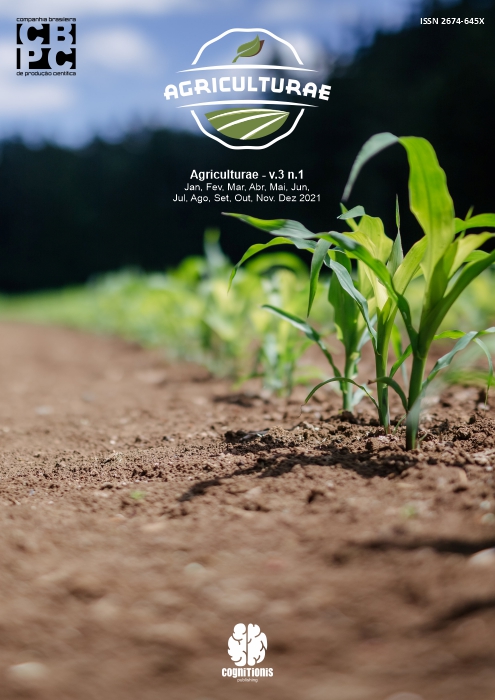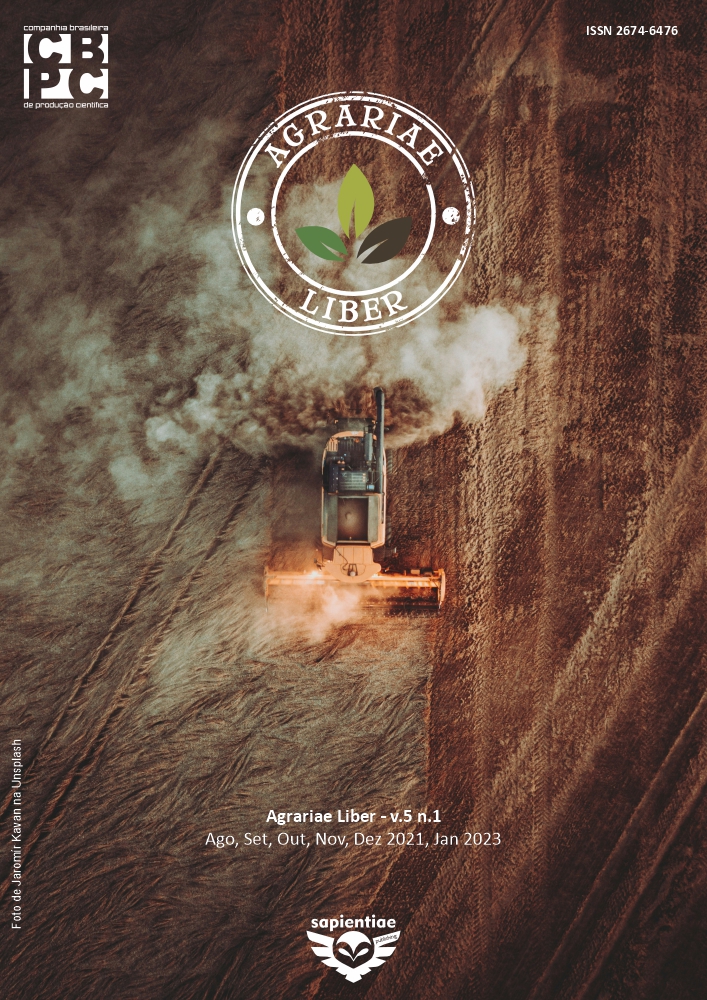Evaluation of the antimicrobial efficacy of a PHMB on Salmonella spp strains
DOI:
https://doi.org/10.6008/CBPC2674-645X.2021.001.0002Keywords:
Pig meat, Salmonella spp, PHMBAbstract
Brazil has played a prominent role in the world market as an important food producer, demonstrating significant potential for production and export of food of animal origin, among them pork. Pork is the most important source of animal protein in the world, producing 100 million tones. Brazil is the fourth largest producer and exporter of pork in the world with 3% of production and 11% of world exports, behind only China, the European Union and the United States. Pork meat, like other meats, presents high water activity, associated with its complex chemical composition (water 75%, proteins 19%, carbohydrates 1.2%, soluble nitrogen compounds 1.6%, inorganic compounds 0.6% and vitamins) being susceptible to the proliferation of microorganisms, both deteriorating and pathogenic. Thus, products of animal origin have a variety of microorganisms present naturally or acquired during slaughter. Some can multiply in the flesh causing deterioration and reduced shelf life. Others pose a danger to the health of consumers because they are causes of poisoning, infectious or toxic-infectious diseases . Studies have revealed the presence of pathogens such as Salmonella spp, Escherichia coli, Yersinia enterocolytica, Campylobacter jejuni and Listeria monocytogenes in pork and pork products. The diseases caused by the consumption of food contaminated by Salmonella spp are generally known as salmonellosis, a disease of higher incidence caused by the consumption of salmonella-infected foods. Polyhexamethylene biguanide hydrochloride, popularly known as PHMB, is a cationic, water-soluble, non-toxic, non-toxic polymeric antibacterial agent for living multicellular systems and has been widely used in a variety of food industries around the world to inhibit microbial growth. In Brazil, there are few studies related to the application or disinfecting efficacy of that compound in pig carcasses of slaughter systems. Based on these considerations, the present project proposed the evaluation of the antimicrobial efficacy of a PHMB on Salmonella spp found in pig carcasses from farms of region.
Downloads
Published
Issue
Section
License
Copyright (c) 2022 Agriculturae

This work is licensed under a Creative Commons Attribution-NonCommercial-NoDerivatives 4.0 International License.
The CBPC - Companhia Brasileira de Produção Científica (Brazil CNPJ: 11.221.422/0001-03) the material rights of the published works. The rights relate to the publication of the work anywhere in the world, including rights to renewals, expansions and dissemination of the contribution, as well as other subsidiary rights. All electronically published works may subsequently be published in printed collections under the coordination of this company and / or its partners. The authors preserve the copyright, but are not allowed to publish the contribution in another medium, printed or digital, in Portuguese or in translation.








